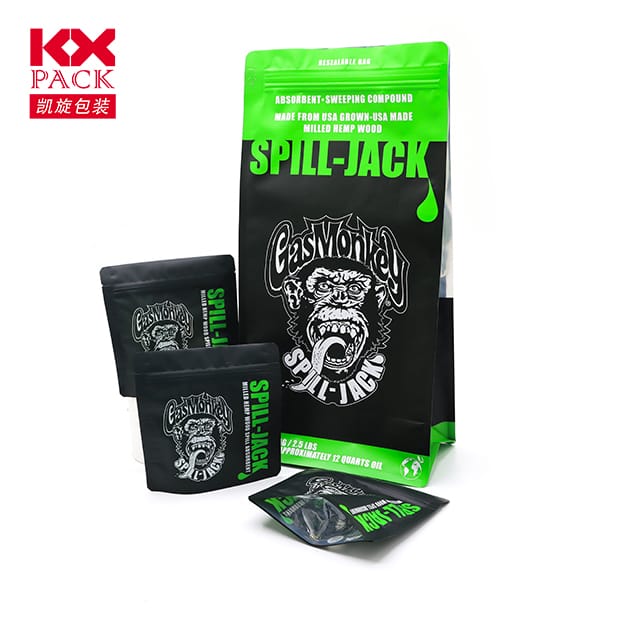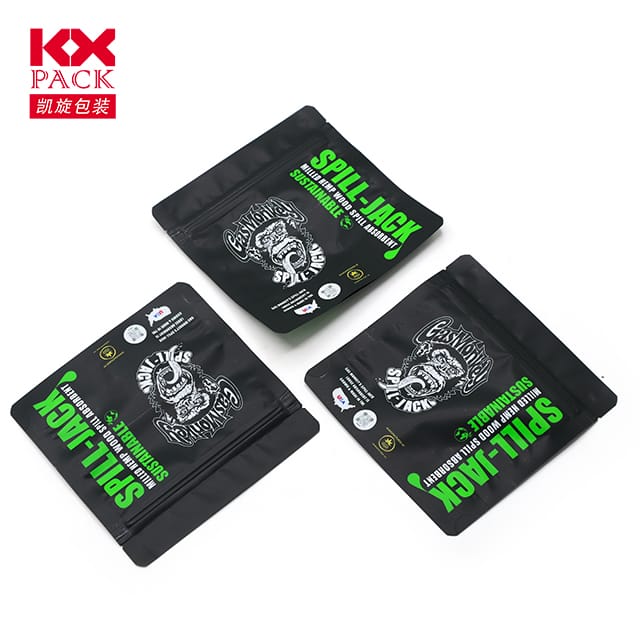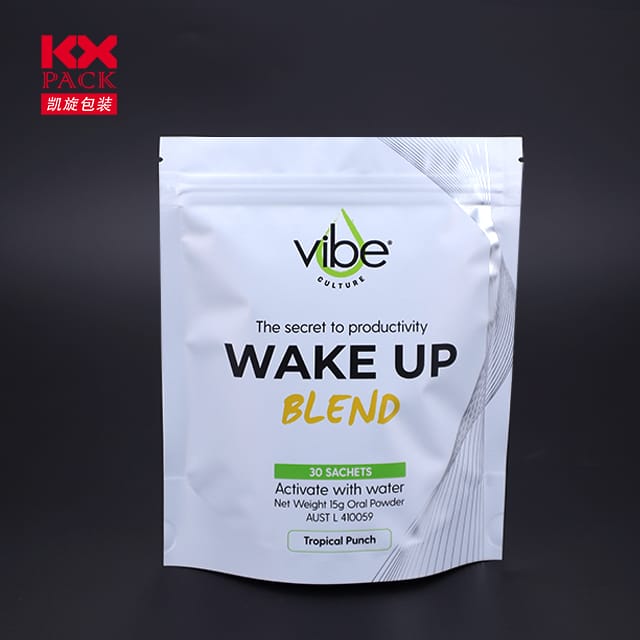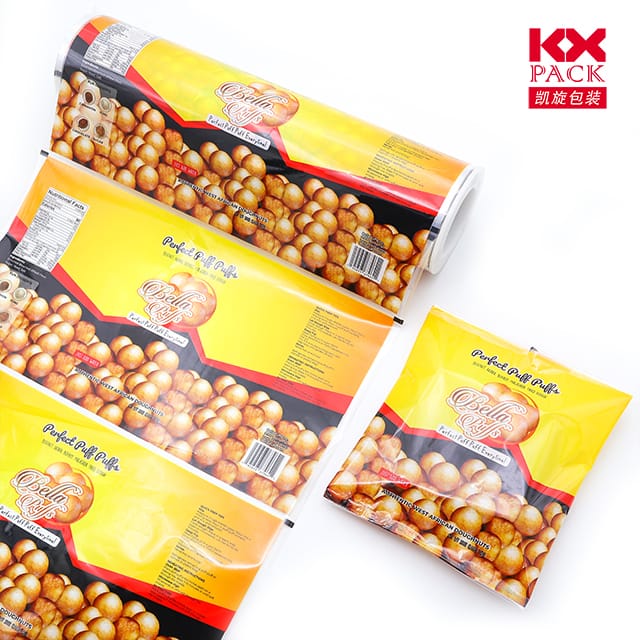Sự phát triển và tương lai của phim nhựa để đóng gói: Cân bằng đổi mới và bền vững
Phim nhựa cho bao bì
Trong bối cảnh năng động của bao bì hiện đại, Phim nhựa cho bao bì đã nổi lên như những vật liệu không thể thiếu, Cách mạng hóa các ngành công nghiệp từ thực phẩm và dược phẩm đến nông nghiệp và xây dựng. Của họ nhẹ, bền chặt, Và bản chất hiệu quả về chi phí đã biến chúng thành nền tảng của chuỗi cung ứng toàn cầu. Tuy nhiên, Khi mối quan tâm về môi trường tăng cường, Ngành bao bì phải đối mặt với một thách thức quan trọng: dung hòa lợi ích chức năng của màng nhựa với nhu cầu cấp thiết về tính bền vững.
1. Tính linh hoạt của màng nhựa trong bao bì
Phim nhựa, bao gồmpolyetylen (Thể dục), Polypropylen (PP), polyester (THÚ CƯNG), và polyamit (PA), thống trị thị trường bao bì nhờ những đặc tính độc đáo của chúng:
- Phim PE: Được biết đến với tính linh hoạt và khả năng chống ẩm, LDPE (polyetylen mật độ thấp) được sử dụng rộng rãi trong túi mua sắm và lớp phủ nông nghiệp, trong khi HDPE (polyetylen mật độ cao) vượt trội trong các ứng dụng nặng như túi đựng rác.
- Phim PP: Với khả năng kháng hóa chất tuyệt vời và khả năng bịt kín nhiệt, BOPP (polypropylen định hướng hai chiều) là thành phần chủ yếu trong bao bì và nhãn đồ ăn nhẹ.
- Phim PET: Được tôn vinh vì tính minh bạch và rào cản của chúng, Màng PET rất quan trọng để bảo quản độ tươi của thực phẩm và bảo vệ thiết bị điện tử.
- Phim tăng cường rào cản: Những đổi mới như PET phủ oxit silic hoặc vật liệu tổng hợp nhiều lớp (VÍ DỤ., PET/AL/PE) cung cấp các rào cản khí và độ ẩm vượt trội, kéo dài thời hạn sử dụng cho những mặt hàng dễ hư hỏng như cà phê và thịt.(Phim nhựa cho bao bì)
Những vật liệu này không chỉ bảo vệ sản phẩm mà còn hỗ trợ hoạt động hậu cần hiệu quả nhờ thiết kế gọn nhẹ, giảm tiêu hao nhiên liệu trong quá trình vận chuyển.
2. Sự bắt buộc về môi trường: Suy Nghĩ Lại Về Phim Nhựa
Mặc dù lợi thế của họ, màng nhựa truyền thống gây ra rủi ro môi trường đáng kể. Nhựa dùng một lần, đặc biệt là trong thương mại điện tử và thức ăn nhanh, góp phần vào ô nhiễm biển Và ô nhiễm vi nhựa. Các báo cáo ước tính rằng bằng 2030, tiêu thụ nhựa toàn cầu có thể vượt quá 7 tỷ tấn mỗi năm, với sự kinh ngạc 50% kết thúc ở các bãi chôn lấp hoặc hệ sinh thái.(Phim nhựa cho bao bì)
Những thách thức chính bao gồm:
- Không phân hủy sinh học: Nhựa thông thường tồn tại qua nhiều thế kỷ, gây hại cho động vật hoang dã và hệ sinh thái.
- Rào cản tái chế: Vật liệu tổng hợp nhiều lớp (VÍ DỤ., PET/AL/PE) rất khó để tái chế, thường kết thúc ở lò đốt rác hoặc bãi chôn lấp.
- Áp lực điều tiết: Các chính phủ trên toàn thế giới đang áp đặt lệnh cấm hoặc thuế đối với đồ nhựa dùng một lần, kêu gọi các ngành công nghiệp áp dụng các giải pháp thay thế.(Phim nhựa cho bao bì)
3. Đổi mới thúc đẩy sự bền vững
Để giải quyết những thách thức này, Ngành bao bì đang đầu tư vàogiải pháp thân thiện với môi trường:
- Phim phân hủy sinh học và có thể phân hủy: Vật liệu như PLA (Axit polylactic), có nguồn gốc từ tài nguyên tái tạo, phân hủy trong vòng vài tháng trong điều kiện ủ phân công nghiệp.(Phim nhựa cho bao bì)
- Vật liệu đơn thể có thể tái chế: Những tiến bộ trong màng PP hoặc PE đơn chất đơn giản hóa việc tái chế bằng cách loại bỏ các lớp không tương thích.
- Lớp phủ rào cản từ các nguồn tái tạo: Lớp phủ gốc nước hoặc lớp nanocellulose làm giảm sự phụ thuộc vào các rào cản từ dầu mỏ.
- Phim thông minh: kích hoạt tia cực tím, màng nhạy cảm với oxy nâng cao độ an toàn của sản phẩm đồng thời giảm thiểu chất thải.
4. Con đường phía trước: Lời kêu gọi hợp tác
Để đạt được một tương lai bền vững cho màng nhựa đòi hỏi phải cócách tiếp cận nhiều bên liên quan:
- Ngành công nghiệp: Ưu tiên R&D thành vật liệu tuần hoàn và thiết kế có khả năng tái chế.
- Người tiêu dùng: Tận dụng bao bì có thể tái sử dụng và hỗ trợ các thương hiệu cam kết phát triển bền vững.
- Chính phủ: Thực thi các tiêu chuẩn thiết kế sinh thái nghiêm ngặt và đầu tư vào cơ sở hạ tầng tái chế.
- Người đổi mới: Khám phá các lựa chọn thay thế như vật liệu tổng hợp từ tre hoặc phim ăn được cho các ứng dụng thích hợp.
Phần kết luận: Tạo sự cân bằng
Màng nhựa làm bao bì vẫn không thể thay thế trong việc bảo vệ sản phẩm và giảm chất thải trong chuỗi cung ứng. Tuy nhiên, tương lai của họ phụ thuộc vào sự đổi mới và quản lý có trách nhiệm. Bằng cách sử dụng các vật liệu phân hủy sinh học, thiết kế có thể tái chế, và nguyên tắc kinh tế tuần hoàn, ngành này có thể giảm thiểu tác động môi trường trong khi vẫn tiếp tục đáp ứng nhu cầu toàn cầu.
Khi người tiêu dùng và doanh nghiệp ngày càng ưu tiên sự bền vững, sự phát triển của màng nhựa sẽ là minh chứng cho sự khéo léo của con người—chứng minh rằng tiến bộ và việc chăm sóc môi trường có thể song hành với nhau.
Bạn nghĩ gì về tương lai của bao bì nhựa? Chia sẻ hiểu biết của bạn trong phần bình luận bên dưới! 🌍📦💡






